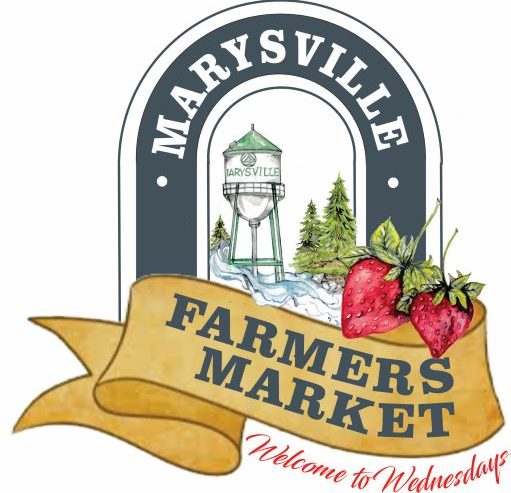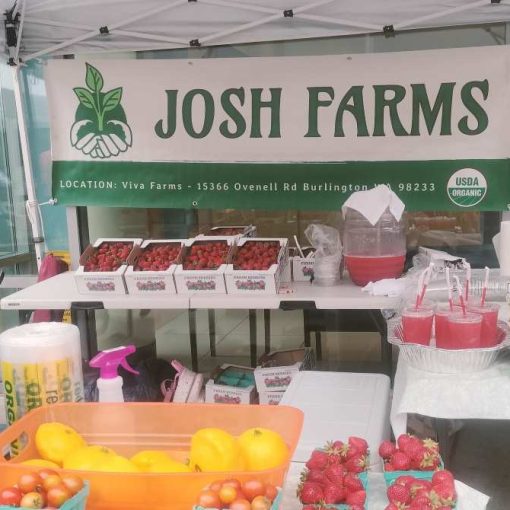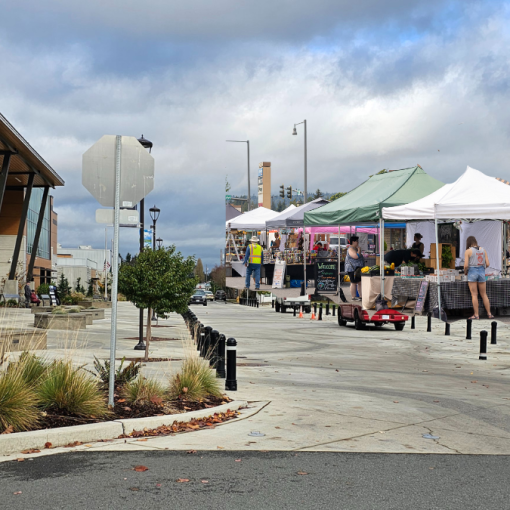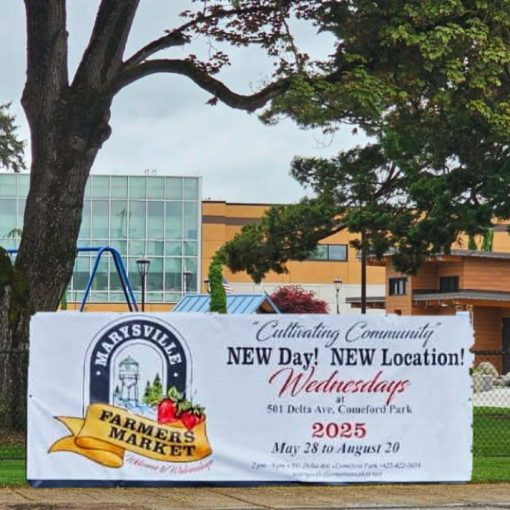
Washington State is one of the nation’s largest producers of many types of berries. One of the key points to note about strawberries cultivated in Washington State is that they differ significantly from the California strawberries commonly found in grocery stores. In contrast, Washington strawberries are typically small, rich dark red in color, and quite delicate (they spoil quickly). However, they are incredibly juicy and bursting with flavor (pun intended).
The history of strawberries in Washington State dates back several years. Commercial strawberry farming in the Pacific Northwest began in the 1830s. During the early 1900s, Japanese farmers on Bainbridge Island, and later in Skagit Valley, adopted intensive cropping methods to meet the demands of the Seattle market. However, their agricultural efforts faced disruption during World War II when President Roosevelt signed Executive Order 9066, which led to the internment of Japanese Americans in labor camps.
There are typically two categories of strawberries: June-bearing and everbearing. The season for June-bearing strawberries in Washington is quite brief—lasting only a few weeks in June, from mid-month to the end of the month. In contrast, everbearing varieties produce fruit in June and again during late summer. Among the strawberry varieties you can find from Washington State growers, both June- and everbearing, are Hood, Nanaimo, Puget Reliance, Quinault, Rainier, Selva, Shuksan, Tillicum, Totem, Tribute, and Tristar.
Find out more about strawberries from the Washington State University Research Center for Northwestern Washington in Mount Vernon.




